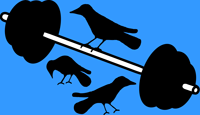Keep healthy while benching:
|
Archives
April 2024
Categories
All
|
Terminal City Training Vancouver Personal Trainer Strength & Conditioning

Keep healthy while benching:
|
Archives
April 2024
Categories
All
|
